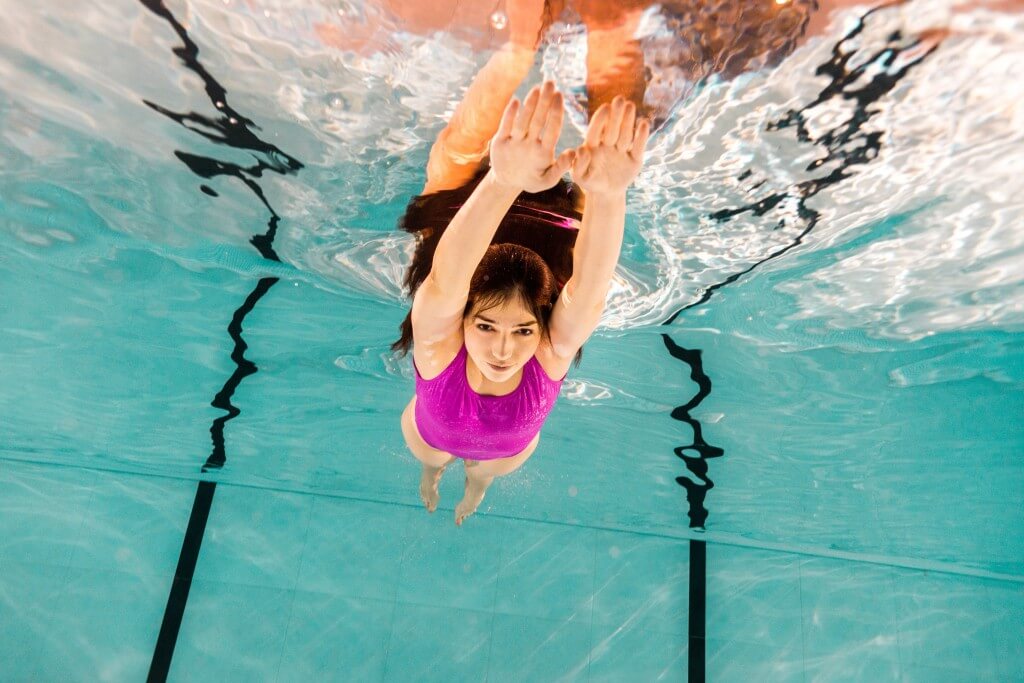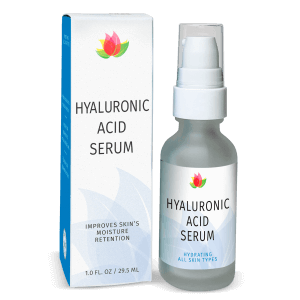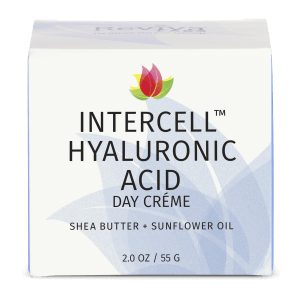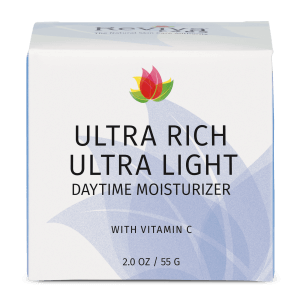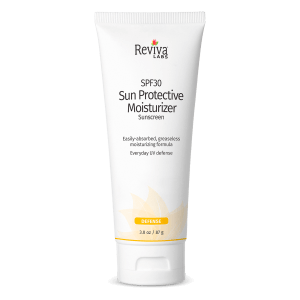Skin Care
Swimming Laps – Good for your health, bad for your skin
Swimming laps can be one of the most refreshing ways to cool down and get some exercise. Unfortunately, the chlorine used for keeping pool water clean, can really wreak havoc on your skin. It can strip away natural oils, which leads to dryness, irritation, and sometimes, even rashes. If you’re a regular swimmer, it’s crucial to understand how to protect and care for your skin, both before and after you take the plunge. The right skincare products can make all the difference to keeping your skin looking and feeling great.
Preparing Your Skin Before Swimming
One of the best things you can do before jumping into a chlorinated pool is to thoroughly rinse your skin with fresh water. By splashing your skin with fresh water, you allow your skin to absorb that first and ultimately reduce the amount of chlorine it will take in.
Next, apply a barrier cream or lotion to your face. Thicker products create a protective layer on the skin’s surface, helping to prevent chlorine from penetrating deeply and causing damage. Products containing ingredients like jojoba oil, shea butter, or coconut oil are especially effective. These oils provide a protective layer on your skin, helping to lock in moisture and prevent chlorine from penetrating too deeply. Additionally, hydrating ingredients like glycerin and hyaluronic acid are also beneficial, as they draw moisture into the skin, keeping it plump and hydrated even in harsh conditions.
Lastly, make sure to apply a waterproof sunscreen with broad-spectrum protection. Look for a formula rich in ingredients like zinc oxide or titanium dioxide, which not only offer sun protection but also create a physical barrier between your skin and the chlorine.
Key Ingredients to Look for in Post-Swim Skincare
After swimming, it’s essential to cleanse your skin as soon as possible to remove any residual chlorine. Opt for a gentle, sulfate-free cleanser that will cleanse without stripping your skin’s natural moisture barrier. Ingredients like aloe vera and oat extract can soothe irritated skin, reducing redness and inflammation that chlorine might cause. If your skin feels particularly dry or sensitive, a hydrating milk or cream cleanser might be a better option than a gel or foaming cleanser, as these tend to be gentler and more moisturizing.
After cleansing, it’s time to focus on hydration and repair. Opt for a serum or moisturizer rich in antioxidants and nourishing ingredients. Niacinamide (Vitamin B3) is a great choice because it not only hydrates but also soothes irritation and strengthens the skin barrier. Antioxidants like Vitamin C or Vitamin E can help combat free radicals generated by chlorine exposure, reducing oxidative stress on your skin.
Follow your serum with a rich moisturizer containing ceramides, essential fatty acids, and natural oils like argan or hemp to seal in moisture and repair the skin barrier.
If you experience occasional tightness or irritation after swimming, consider using a soothing mask or treatment. Look for products containing calendula, chamomile, or cucumber extract, all of which are known for their calming properties. An overnight hydrating mask with ingredients like shea butter or niacinamide can also work wonders, helping to restore your skin’s moisture levels and reduce any lingering irritation.
Hydration: The Secret to Healthy Post-Swim Skin
Keeping your skin well-hydrated is key to maintaining its health and resilience, especially after swimming. In addition to using a good moisturizer, incorporating a hydrating mist into your routine can provide a quick moisture boost throughout the day. Look for mists containing rose water, which is both hydrating and anti-inflammatory, or those with cucumber extract, known for its soothing properties
Another important aspect of hydration is internal. Drinking plenty of water after swimming can help rehydrate your skin from the inside out.
The Importance of pH Balance
Chlorine can disrupt your skin’s natural pH, leading to imbalances that might cause dryness, sensitivity, and even breakouts. To help restore your skin’s pH balance, incorporate a toner into your routine post-swim. Choose a toner that is alcohol-free to avoid further drying out your skin. Products with ingredients like witch hazel or rose water can help to soothe the skin and bring it back to its natural pH.
If your skin is feeling particularly sensitive after swimming, look for toners with chamomile or calendula extract. These ingredients have calming properties that can reduce redness and irritation, making them ideal for post-swim care. Balancing your skin’s pH is essential for ensuring that your other skincare products work effectively.
Taking care of your skin when you swim in chlorinated pools requires a combination of the right products and proactive measures. By preparing your skin before you swim, choosing products with hydrating and protective ingredients, and maintaining a solid post-swim routine, you can keep your skin healthy and resilient, even after frequent dips in the pool.



